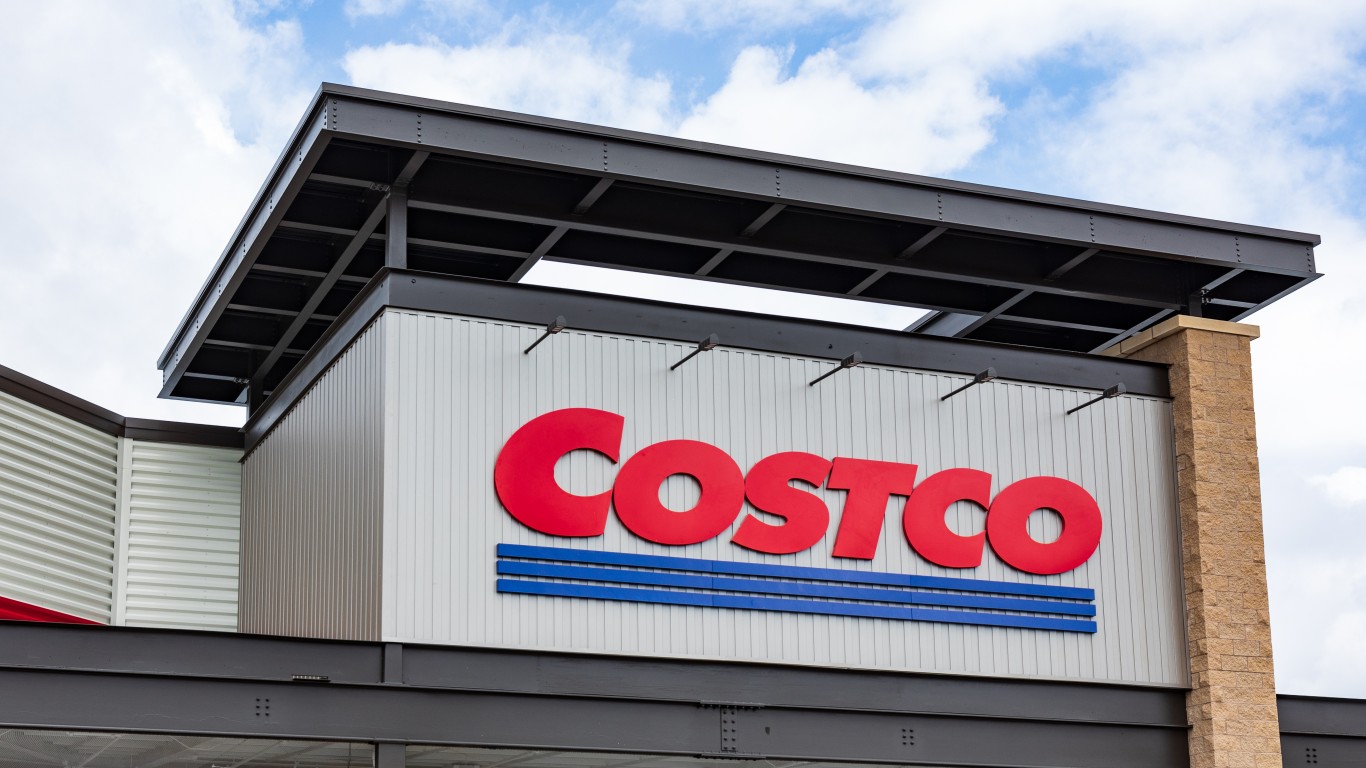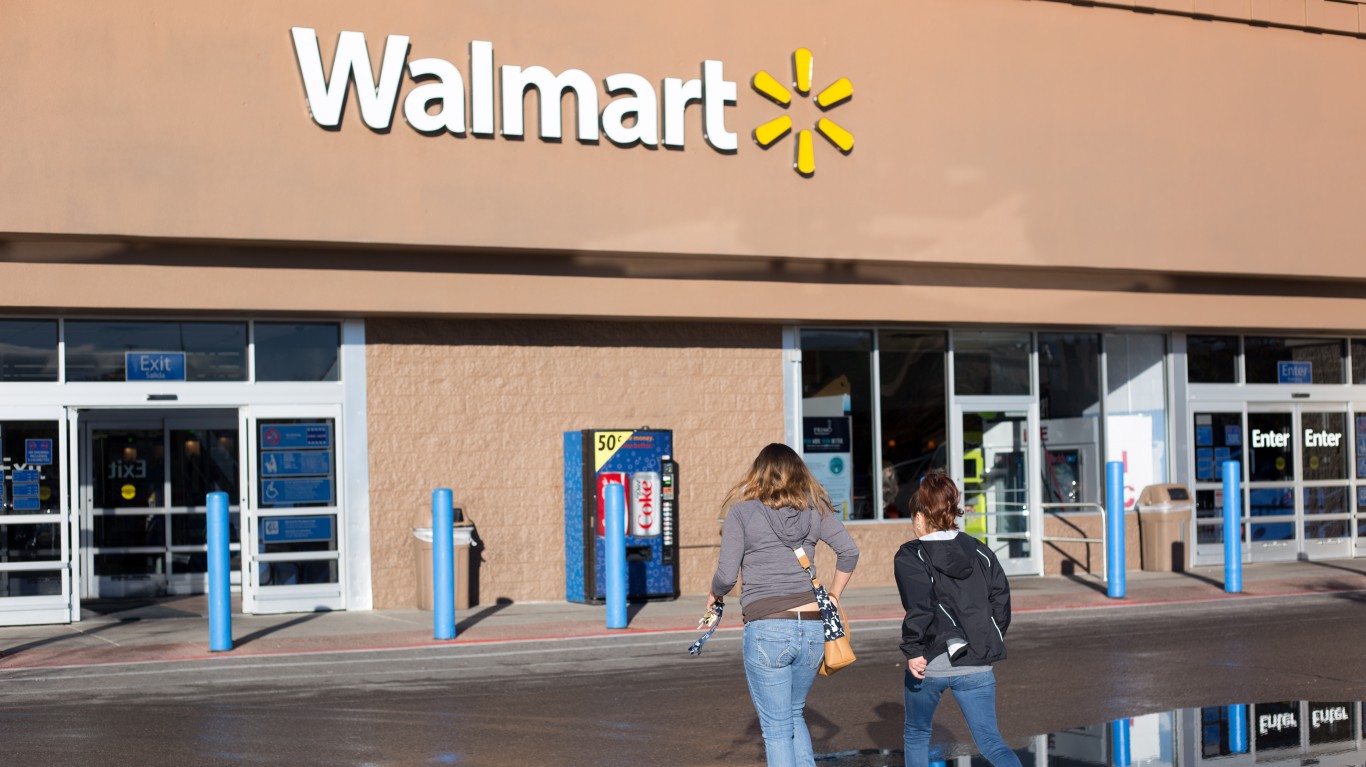
Macy’s Inc. (NYSE: M) has closed more stores. So has Sears Holdings Corp. (NASDAQ: SHLD), owner of Sears and Kmart. Gap Inc. (NYSE: GPS) has closed stores too. Barnes & Noble Inc. (NYSE: BKS) fired its CEO, less than a year after he came on board. The trouble is relentless across the brick-and-mortar world. Malls are closing or downsizing. Medium sized e-commerce cannot catch up to the strides made by Wal-Mart Stores Inc. (NYSE: WMT) and the lead held by Amazon.com Inc. (NASDAQ: AMZN). At least six large retailers have to merge, almost certainly in some combination with one another.
1. Barnes & Noble is nearly beyond the hope of surviving. It was Amazon’s first target. Its share price is down over 50% in the past 10 years, while the S&P 500 is up 63% in the same period. It hopes to add places to eat and other shopper enhancements. The fact of the matter is that people no longer buy books in stores.
2. Recent store closings and crumbling revenue show that Macy’s cannot hold on to the middle market among department stores, and perhaps no company can. It is hard to say where these people have gone. Perhaps to Target Corp. (NYSE: TGT) or online. But they do not come back to Macy’s. Its shares are up 15%, against the huge advance of the S&P 500 over the past decade.
3. Kmart and Sears have had the worst of it in the traditional department store world. The parent company closes stores as readily as clockwork. The inside of many of these stores is ancient. It does not have the capital to improve them. And its shares are down 88% over the past decade.
4. Aside from Barnes & Noble, the chain most badly hurt is Best Buy Co Inc. (NYSE: BBY). Its shares are off 28% in the past decade. If Amazon has focused on one category recently, it is consumer electronics. Best Buy cannot match the huge selection Amazon has. It cannot match the several hour delivery of the e-commerce behemoth either.
5. Gap has a different problem. Its diversification in two other brands beyond the flagship — Banana Republic and Old Navy — has not helped. It has closed the most stores among the weaklings, but that does not appear to have stanched the bleeding. Yet it is the only retailer on this list that has shown a large 10-year advance in its share price — up 52%. However, it has had a sickening drop over the past two years.
6. Finally, J.C. Penney Co. Inc. (NYSE: JCP), over a century old, has shown some modest recovery in sales. Its revenues are still massively down from their peak, pulled down in part by former CEO Ron Johnson nearly taking the company under. Its shares are down 82% over the past 10 years.
By means of contrast, Wal-Mart’s shares are up 48% over 10 years. Impressive, but still short of the S&P 500. Costco Wholesale Corp.’s (NASDAQ: COST) shares are up 238%. Wal-Mart has used scale, its brand and muscle in e-commerce (although only partially successful as its $3.3 billion buyout of Jet.com shows). Costco has built a unique members-only warehouse operation. If any of the embattled retailers could have done the same, it is too late now.
Analysts often mention the challenges of closing stores. There are leases and severance. But companies closing stores now have faced the hurdles for years.
Too late to be standalone, and maybe too late period.
Travel Cards Are Getting Too Good To Ignore (sponsored)
Credit card companies are pulling out all the stops, with the issuers are offering insane travel rewards and perks.
We’re talking huge sign-up bonuses, points on every purchase, and benefits like lounge access, travel credits, and free hotel nights. For travelers, these rewards can add up to thousands of dollars in flights, upgrades, and luxury experiences every year.
It’s like getting paid to travel — and it’s available to qualified borrowers who know where to look.
We’ve rounded up some of the best travel credit cards on the market. Click here to see the list. Don’t miss these offers — they won’t be this good forever.
Thank you for reading! Have some feedback for us?
Contact the 24/7 Wall St. editorial team.



